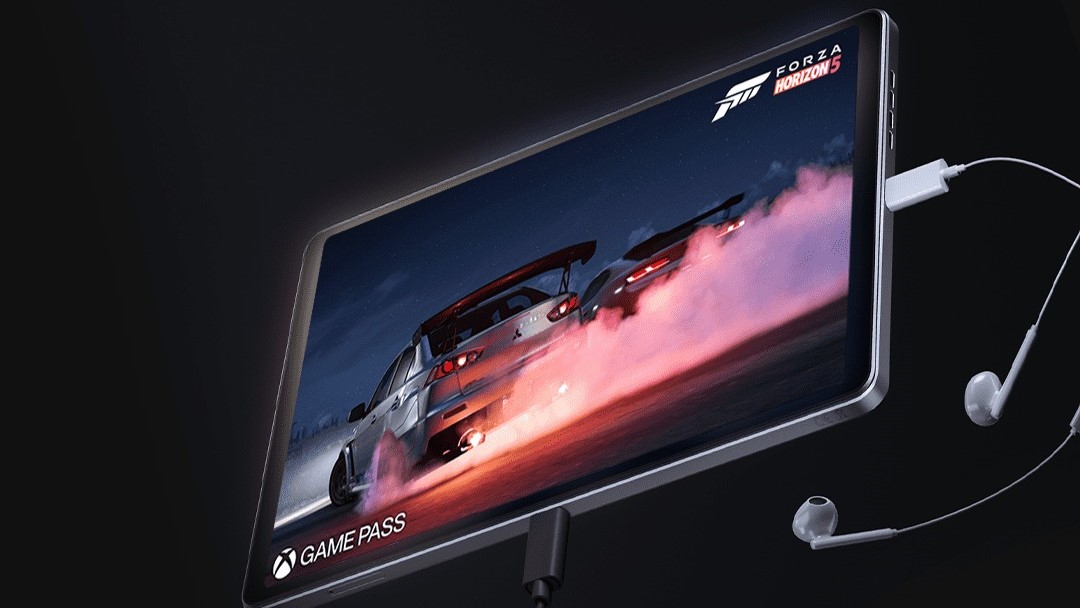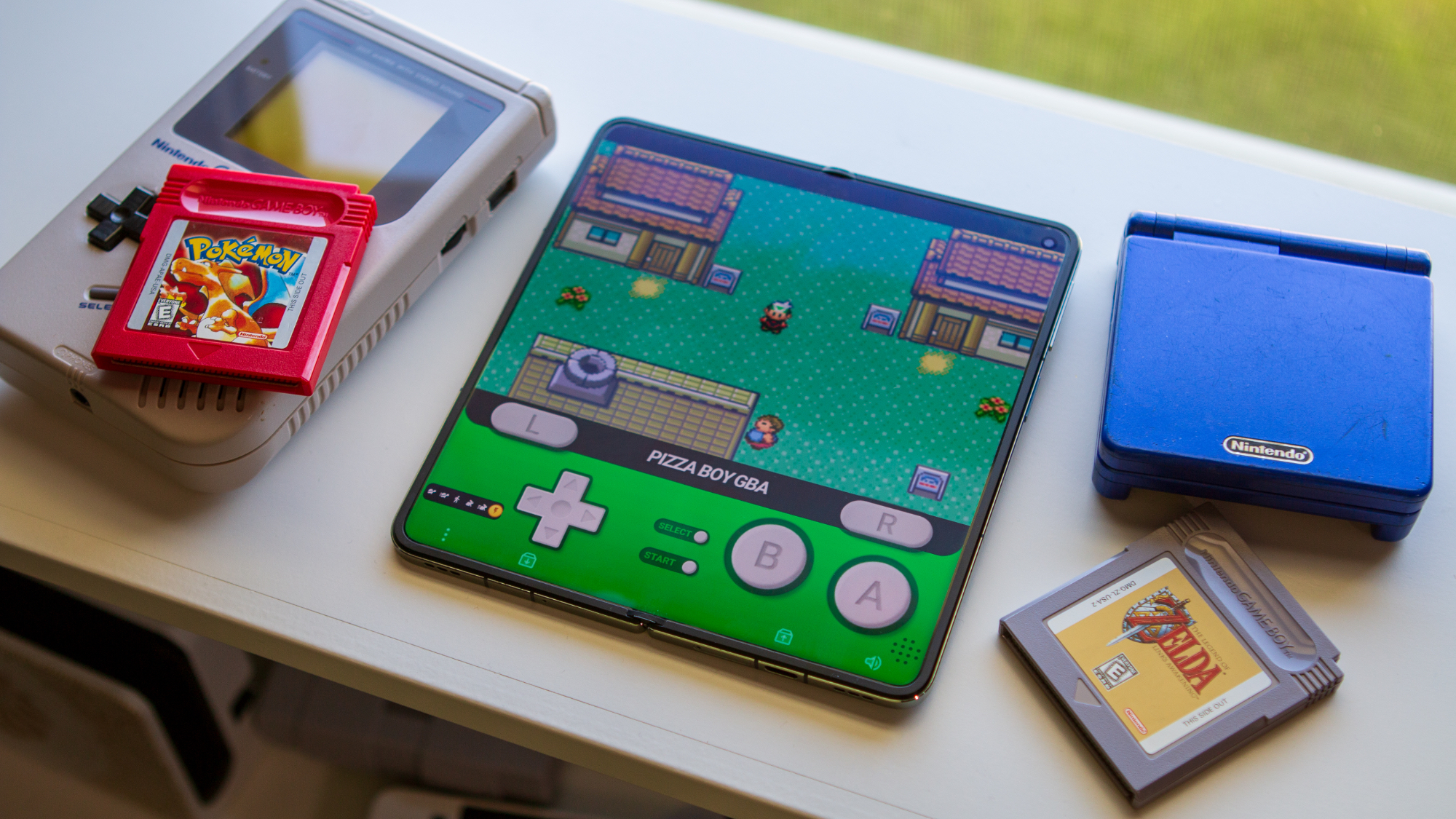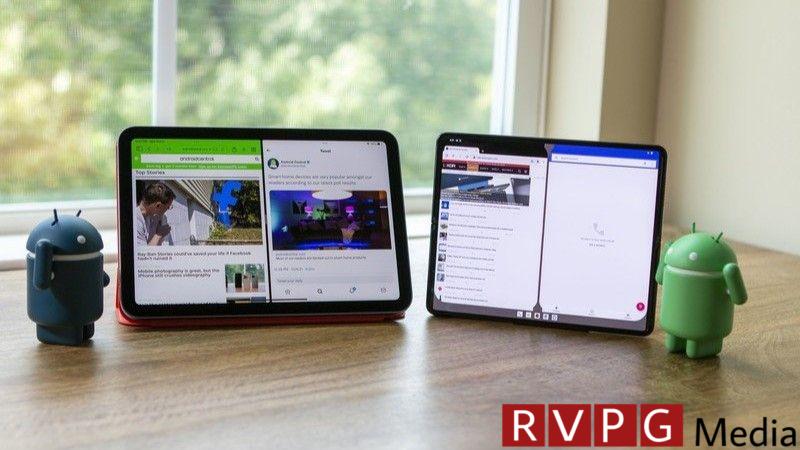Beyond the alphabet
Beyond the Alphabet is a weekly column that focuses on the world of technology inside and outside of Mountain View’s borders.
Over the last 10 to 15 years, we have seen a slow decline in smaller devices in favor of devices with larger screens. “Bigger is better” is the motto that many companies now live by, and the same goes for tablets too. There are a few exceptions, like Apple’s iPad Mini, but for the most part if you want the best tablet experience, especially on Android, it’s either a big screen or a bust.
One might suspect that the desire to use tablets as laptop replacements has led to larger and less attractive screen sizes. Unfortunately, even with the best tablets there are still compromises. I find it absurd that Samsung doesn’t offer the Galaxy Tab S9 Ultra with a cellular connection. That’s reserved for the Tab S9 Plus, which is fine, but the Ultra is clearly more of a laptop replacement than the Plus.
In most cases, if a tablet comes out and is smaller than ten inches, it will probably have mediocre or ridiculous specifications. This wasn’t always the case, as the Nexus 7 from 2013 and the Galaxy Tab S3 from 2017 were both flagship tablets with screens under 10 inches.

These days, a tablet larger than 10 inches usually means it’s a flagship tablet with more power and better screens. There are obvious exceptions to this rule, such as the Samsung Galaxy Tab S9 FE and FE Plus, both of which are above my made-up size threshold while using Exynos chips.
I’ve often wondered why this is, especially as flagship processors become more efficient while still offering plenty of performance. Take the Lenovo Y700 for example. It was released in China last year and offers an 8.8-inch display and a resolution of 2560 x 1600. The Y700 is powered by the Snapdragon 8 Plus Gen 1, paired with either 12GB or 16GB of RAM.

Lenovo recently announced an updated model (Legion Tab) that retains the same internals but swaps out the glossy display for a “micro-nano-etched” glass. From what I’ve seen, it seems pretty similar to the etched glass found in the high-end Steam deck configurations. This aims to minimize glare without compromising the quality of the display.
Yes, I’m also aware that the Snapdragon 8 Plus Gen 1 is an outdated chip, as the Snapdragon 8 Gen 3 now powers many of the best Android phones. But I would argue that there is still room in the market for tablets that bridge the gap between budget and flagship.

For reference, the Legion Tab costs 599 euros, which is almost $640. Without taking into account offers or exchanges, the Tab S9 FE Plus retails for $600, but it’s not exactly the ideal couch-surfing tablet. For $40 more, I’d rather go with the Legion Tab, even though it lacks the additional software finish and features of One UI.
You may be wondering why, as a staunch advocate of foldable phones, I’m complaining about this. But the recent launch of the Razer Kishi Ultra and its marketed compatibility with the 8.3-inch iPad Mini made it clear to me that there’s no real equivalent on the Android side.
I also understand that the iPad Mini is technically not a flagship tablet and hasn’t received an update in over two years. However, it still sets the bar for tablets in this form factor and even offers 5G connectivity to complement the reliability of iPadOS, and I think we need a similar device in the Android space.
I don’t understand why Samsung continues to release the Tab S6 Lite with minor technical differences.
What surprises me is that Samsung hasn’t tried this. The company seems content to refresh its flagship lineup every year or two, adding a few random mid-range and budget devices in between. And for whatever reason, the Galaxy Tab S6 Lite sees improvements in specs every few years.
I realized that while foldable phones are incredible, there are situations where a dedicated device just works better. This is partly why Samsung DeX hasn’t replaced all of my computing needs, even though it’s quite handy in the situation. Another example is when I reach for a dedicated gaming handheld instead of simply firing up Steam Link or Moonlight on the OnePlus Open and streaming games from my PC.

I hope more companies choose a small tablet that can match, if not rival, the performance of my phone. I mean, let’s be honest. The tablet market is already fragmented like crazy. So what’s wrong with throwing in another wrench?
Unfortunately, I don’t think Samsung or any other company will actually take this route. Lenovo’s Y700 was only available in China and the Legion Tab is only expected to launch in Europe, the Middle East and Africa. We haven’t heard anything about a possible North American release yet, but I’m keeping my fingers crossed.
